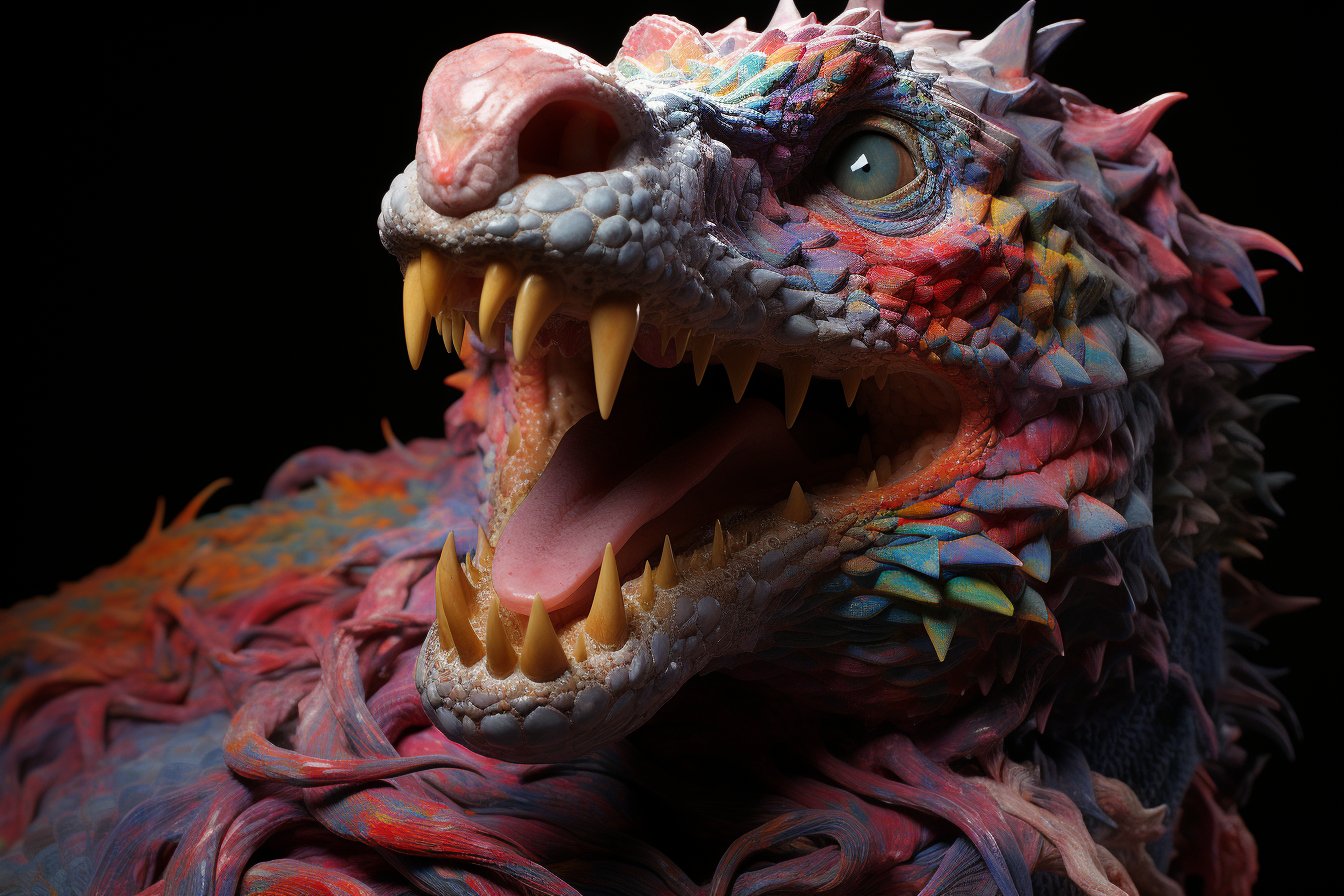In the world of reptiles, snakes stand out for their unique behaviors and biological adaptations. One particularly puzzling phenomenon is when a snake consumes its own tail – an action known as ophiophagy. This intriguing behavior has sparked curiosity among researchers and enthusiasts alike.
An overview of self-cannibalism in snakes
In order to understand why snakes eat themselves, it is essential first to look at some fundamental aspects of their nature. As cold-blooded animals, snakes rely on external sources of heat, such as sunlight or warm surfaces, for energy. Limited resources and environmental conditions can lead them to consume parts of their bodies under extreme circumstances. However, ophiophagy remains a bizarre occurrence that goes beyond meeting basic survival needs.
The physiology behind ophiophagy
A snake’s digestive system works differently from that of mammals. They have elongated organs, like the liver and esophagus, which aid in breaking down and digesting tightly packaged and often large food items. When a snake eats itself, this suggests an error in its physiological functioning.
Prevalent instances of ophiophagy in certain species
Self-cannibalism appears more frequently in specific snake species, like the venomous king cobra (Ophiophagus hannah) and Eastern rat snake (Pantherophis alleghaniensis). In these cases, the behavior might stem from an evolutionary adaptation that helps protect them against potential predators.
Factors contributing to ophiophagy in snakes
To better comprehend why snakes partake in self-cannibalism, we must examine the various factors that may trigger this behavior.
Stress and anxiety in snakes
Environmental stress, such as sudden changes in temperature or confinement to tight spaces, can also lead a snake to consume its tail. When under duress, reptiles tend to act unpredictably. Snakes might bite and coil around their tail while attempting to escape, which could lead them to mistake it for prey. The stressed-out serpent then begins consuming itself.
Mistaking the tail for prey
In certain instances, snakes might eat their tail, mistaking it for food. This possibility becomes more likely if the snake has recently regurgitated its meal and still detects prey scents linger on its body. Also, vibrations from a struggling animal nearby might trick the snake into thinking its tail is moving prey.
Uncontrollable feeding response
Some snake species possess an innate predatory instinct that causes them to attack anything that moves, even their own tails. This aggressive feeding drive can result in self-cannibalism when the snake mistakes its tail’s movement for a potential meal.
Trauma-induced ophiophagy
Physical trauma or injuries to the snake’s tail might compel it to eat the damaged part, ultimately leading to self-consumption. Parasitic infections and severe tissue damage can provoke tail-eating behavior in snakes.
Preventing self-consumption in captive snakes
While instances of ophiophagy are rare in wild snakes, it is more commonly witnessed among those held in captivity. Pet owners must be mindful of how they house, handle, and care for their snake companions to curb self-consuming behavior. The following suggestions can help prevent snakes from eating themselves:
- Ensure proper environmental conditions: Maintain appropriate temperatures, lighting, and humidity levels in your snake’s habitat, reducing undue stress for the reptile.
- Provide suitable hiding spots: Snakes require privacy to feel secure. Create safe hiding places like caves or burrows within their enclosures, enabling them to de-stress.
- Mindful handling: Handle snakes gently and avoid aggressive actions that could trigger a defensive response and lead to self-biting.
- Monitor diet: Make sure captive snakes have an appropriate diet with food items of adequate size. Feeding snakes too infrequently may cause hunger-driven aggression towards themselves.
Medical intervention for ophiophagy
If you notice your pet snake attempting to eat itself, it is crucial not to yank its tail out forcefully, as this could cause injury. Instead, use gentle methods, like dousing the snake with cold water, which might deter continuing. Consult a veterinarian specializing in reptiles for further guidance if the behavior persists or physical damage occurs.
Education and awareness: The key to understanding ophiophagy
While various factors contribute to self-cannibalism in snakes, understanding this phenomenon requires further research. Knowledge about how snakes perceive and respond to their environment helps demystify such behaviors and promote better care for these fascinating creatures both in the wild and captivity.







